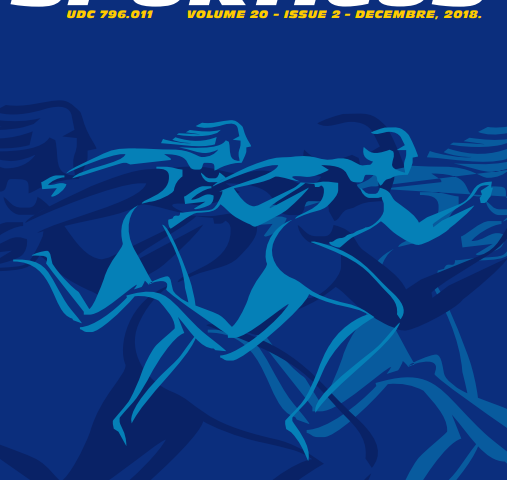Abstract
It is often hypothesized that in-season weekly distribution of external training load (ETL) is an important determinant of match running performance (MRP) in soccer. However, studies rarely examined associations between ETL and MRP including comparison of training days within weekly microcycles. This study aimed to (i) evaluate ETL of professional soccer players during the in-season, (ii) determine association between daily ETL and MRP. The ETL and MRP of professional soccer players (n=21) were measured by global positioning system during the trainings and matches in season 2020/21 of highest national soccer competition in Croatia. Variables included the total distance covered; the distance covered by low intensity running, running, and high intensity running; total and high-intensity accelerations; total and high-intensity decelerations. Differences in ETL among training days were analysed by repeated-measures ANOVA and Scheffe post-hoc. Pearson’s correlations were used to determine the association between ETL and MRP. Calculations were examined separately for each training session within in-season microcycles (categorized as days before the match day, i.e., MD minus). All ETL variables were significantly lower on MD-1 and MD-2 than on MD-3 and MD-4 (F-test: from 25.31 to 62.03; all p<0.01; all large effect sizes). Running, high intensity running, total accelerations and decelerations on MD-1 sessions were positively correlated with corresponding running performances from matches (all moderate correlations, p<0.05). This study demonstrated that training load one day before match may determine game pace of professional soccer players in the subsequent match.
Keywords: monitoring, weekly load, match demands, football, physical demands


